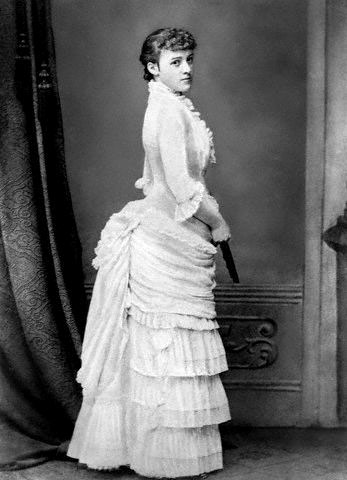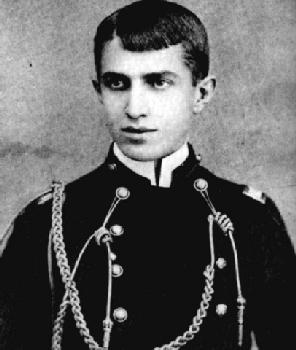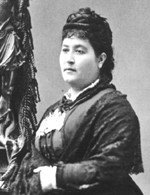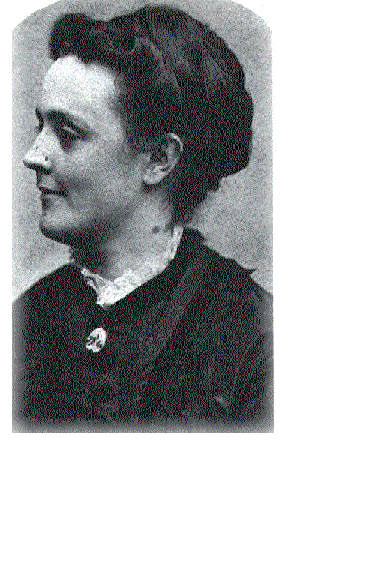
Melanie Freeman
English 48B
March 19, 2009
Emily Dickinson
Although the reason for Emily Dickinson's self inflicted isolation has been debated throughout history, it is clear that the time she spent alone in her room was devoted to a thorough examination of the human consciousness and emotions. Through her poetry, Emily has been able to explore levels of the mind beyond the capacity of most people. The genius of Dickinson, enhanced by years devoted to expressing her "extreme emotional states", has created unimaginable depth to her poetry. Dickinson often describes a state of feeling overwhelmed or inundated with a physical substance or of a particular emotion. It appears that in her period of isolation, Dickinson at points felt overwhelmed by her own discoveries from within her own mind. Although the true Emily Dickinson remains a mystery, it is clear that her mind was thinking about an existence that far surpassed her physical self.
I started Early -- Took my Dog --
And visited the Sea --
The Mermaids in the Basement
Came out to look at me --
And Frigates -- in the Upper Floor
Extended Hempen Hands --
Presuming Me to be a Mouse --
Aground -- upon the Sands --
But no Man moved Me -- till the Tide
Went past my simple Shoe --
And past my Apron -- and my Belt --
And past my Bodice -- too --
And made as He would eat me up --
As wholly as a Dew
Upon a Dandelion's Sleeve --
And then -- I started -- too --
And He -- He followed -- close behind --
I felt his Silver Heel
Upon my Ankle -- Then my Shoes
Would overflow with Pearl --
Until We met the Solid Town --
No One He seemed to know --
And bowing -- with a Might look --
At me -- The Sea withdrew --
In this poem, Dickinson describes the experience of nearly drowning in the ocean as a metaphor for the orgasmic feeling she reaches during moments of intense thought. By pushing the limits of her own imagination, Dickinson is able to feel and experience sensations unknown to the average person. The ocean is used as a metphor to emcompass all that is offered by the universe in life and in death, an although she loves it, Dickinson is also consumed by it. Once the tide covers her, the thoughts in this poem seem to become more disjointed. It feels as if the speaker is witnessing flashes of images, as though she has no more control of her own mind.
In addition the feeling over being mentally overwhelmed, one must also notice the sensual tone in this poem as well. The relationship between the sea and the speaker can be perceived as sexual, as Dickinson describes the physical interaction between the two "bodies". In this sense, her feeling of being overwhelmed can be seen as a physical climax, or complete surrender to her own feelings.
In this poem, Dickinson ties together the feelings of emotional, mental and physical climax together in one fluid description. It is hard for the reader to differentiate was is real and what is metaphysical but it seems that that is Dickinson's intention. The pleasure Dickinson experiences from being able to deeply explore her own mind and feelings is manifested in the sensual, all-consuming force of the tide.

































